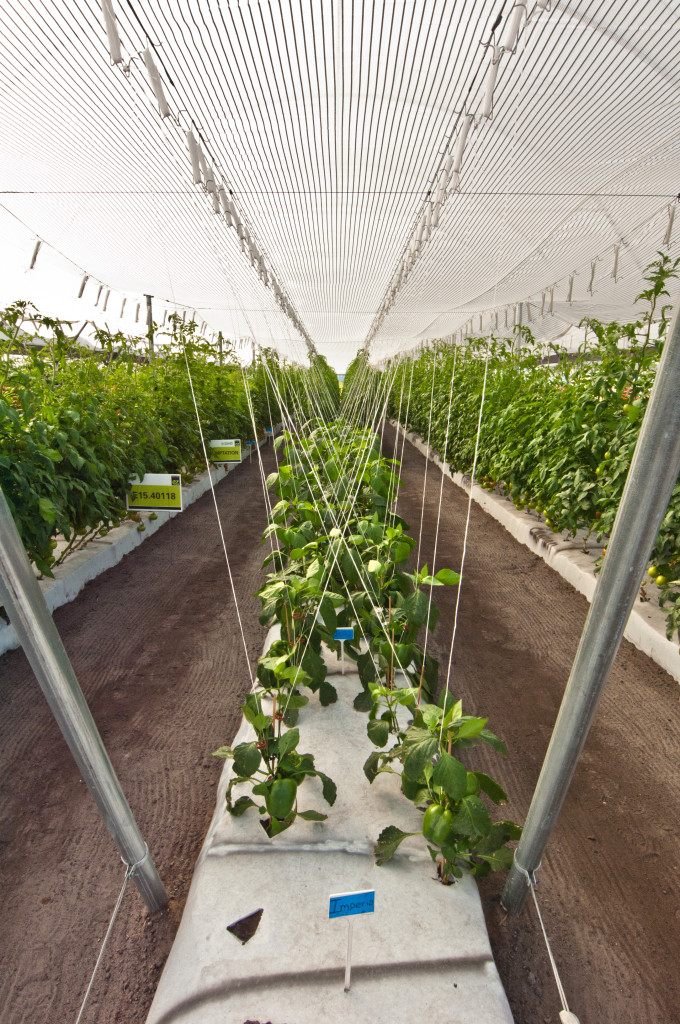
Enza Zaden Removes Excess Heat to Improve Growing Zone
Southern Florida has long been a productive region for field grown winter vegetables, but one grower saw the potential for even more, if they could manage the excess heat buildup in their tunnels.
Enza Zaden specializes in hybrid vegetable seeds that are developed through intense breeding and research programs located in 26 different countries.
William “Skeeter” Bethea, Crop Specialist Tomato and Pepper East Coast, has long been a standout Florida field grower. Today, he is spearheading an initiative to develop a profitable and productive system for growing short cycle indeterminate tomatoes, peppers and cucumbers.
Located nearly at sea level about 25 miles east of the Sarasota coast on the Gulf of Mexico, Enza Zaden’s Myakka City, Fla., location presents a favorable climate for this effort, though not without its challenges.
Mild winters bring an average low of 48°F (lowest recorded 18°F) and five days per year with below freezing temperatures.
That’s balanced by high average annual temperatures of 92°F. The highest recorded temperature reached a steamy 105°F, and they see approximately 134 days per year at about 90°F. Plus, it’s one of the highest light environments on the east coast.
Those warm temperatures are assets; but heavy rains and frost can threaten production.
Crop protection has been proven to improve yields, quality and consistency. In fact, beefsteak tomato production in tunnels in this climate reportedly yields seven times the output of open field, plus a greater degree of consistency—key for maintaining markets.
To that end, Bethea is using five gutter connected, 28’ wide and 150’ long tunnel spans covered with a single layer of polyethylene.
With passive ventilation via roll up end walls only, heat buildup was a challenge under the high solar radiation Florida conditions.
Then Bethea had an idea: Use reflective shading to create an attic above head height inside the tunnel.
He approached Svensson’s Kurt Parbst, who recommended OLS 30, an outdoor quality, reflective shade with an open structure. It allows 74 percent light transmission (26 percent shade) while at the same time reflecting incoming solar radiation to prevent conversion to long wave (heat).
Thus, the OLS 30 reflective shading’s light level removes the excess radiation.
Plus, Bethea found that the porous “ceiling” of OLS 30 in the tunnel creates a thermal barrier with very warm air concentrating in the attic, where it was ventilated using separate end wall vents driven by wind and buoyancy.
The result: a simple solution with a dramatic improvement to the growing zone.









 Video Library
Video Library 


















